Rosetta European Space Agency, was launched from the Space Center in Kourou, French Guiana, March 2, 2004, for a very long journey of 6 billion km. The main objective is to reach the periodic comet (6.59 years) Churyumov-Gerasimenko, to analyze the composition and structure of its core, its degassing to the approach of the Sun and put down, the robot lander Philae 100kg, on its surface.
The Rosetta mission has already provided extensive data collected during flybys of Mars in February 2007, the small asteroid (2867) Steins (≈ 5 km) 5 September 2008 and the large asteroid Lutetia (95.8 km) 10 July 2010. Rosetta was in hibernation since June 2011, to more than 800 million km from the Sun, near the orbit of Jupiter, and its automatic wake was scheduled after 957 days. January 20, 2014, 9 million km from the comet, the probe was warmed his navigational instruments, stopped its rotation and pointed his main radio antenna toward Earth to transmit a signal of life. The signal was received by the two ground stations Goldstone and Canberra NASA January 20, 2014 at 18:18 UTC, from the first window of opportunity that the probe had to communicate with Earth. Immediately confirmed by the Space Operations Centre of ESA in Darmstadt and the success of the awakening been announced as follows: "Hello World" via twitter account.
From January 20, scientists have made essential health checks on the satellite, on the eleven instruments of the orbiter and ten instruments of lander will be lit and prepared for the study of the comet 67P/Churyumov-Gerasimenko. The first images of Churyumov-Gerasimenko are expected in May 2014, when the probe will be 2 million km from the comet. For two months, Rosetta will conduct a detailed mapping of the surface as well as precise measurements of gravity, mass, shape and gas from its dusty atmosphere or coma of the comet. Then scientists will choose a landing site for Philae, the robot lander 100 kg. The perilous landing of Philae is scheduled for November 11, 2014. Gravity on the surface of the comet is so low that Philae will use harpoons that will hang in the ice to prevent bounce in space after landing. | | We then receive photos in high resolution ice surface of the comet. The robot will drill up to 23 cm soil depth and analyze samples in its laboratory. The comet will reach its closest distance from the Sun (185 million km) August 13, 2015, it will be between the orbits of Earth and Mars. Rosetta will follow the comet for the rest of 2015. Comets are the guardians of the past, vagabonds of the sky, messengers from space that carry the keys to our origin, which is why scientists are deploying so much imagination to go collect messages of primordial matter. Rosetta will reach the comet Churyumov-Gerasimenko in August 2014 (see the full itinerary and detailed trajectories the Rosetta probe with gravity assists by clicking on the note at right).
Already in 1986 a probe went to photograph Halley's Comet closely (600 km) bringing extraordinary kernel images. Comets date from a time when the primitive solar system had not yet formed the planets. There are 5 billion years ago, a supernova explodes. The cloud of gas and dust condensed to form the Sun at the center and around a gaseous disk, flattened in rotation, is filled of bodies, that circulate in all directions. Some of the bodies stick together and form the planets but others too far from the center, orbit random disturbances, in the polar regions of the solar system. Some of these icy objects leave one day the cloud to plunge towards the Sun. Heated by the sun their gas evaporates, a long hair deploys, they become comets. That is why comets hold the oldest organic molecules of the solar system.
Rosetta will be the first spacecraft to go into orbit around a comet and to depose a science lab, the robot Philae lander on its surface.
NB: this is due to the failure of the European Ariane 5 rocket in December 2002, that the comet Churyumov-Gerasimenko was chosen at the expense of small comet (1.2 km diameter) 46P Wirtanen who was the original target of the mission. Churyumov-Gerasimenko (6.59 years) and Wirtanen (5.4 years) are short-period comets. | | 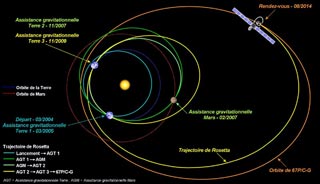 Image: The long journey of 6 billion km of the Rosetta probe with all its trajectories and its various rendezvous. Credits: CNES, Sébastien Rouquette.NB: see the full itinerary and detailed trajectories of the Rosetta probe with gravity assists, since March 2004, the launch date until the arrival on the comet Churyumov-Gerasimenko in August 2014 (Flash file format).
| Comet Churyumov-Gerasimenko |
| |
|
| Dimensions |
≈ 4 km |
| Mass |
3.14 x 1012 kg |
| Mean density |
102 ±9 kg/m3 |
| Discovered by |
Klim Ivanovich Churyumov and Svetlana Ivanovna Gerasimenko |
| Discovered date |
22 October 1969 |
| Aphelion |
5.6839 au |
| Perihelion |
1.2458 au |
| Date of aphelion |
13 August 2015 |
| Orbital period |
6.45 yrs. |
| Eccentricity |
0.64043 |
| Inclination |
7.0424 ° |
|



 Automatic translation
Automatic translation
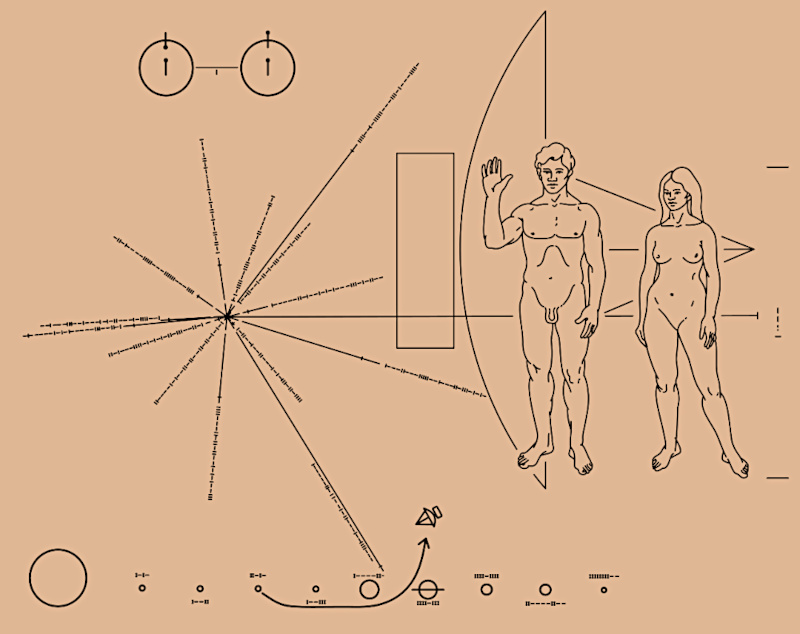 Pioneer, first message to extraterrestrials !
Pioneer, first message to extraterrestrials !
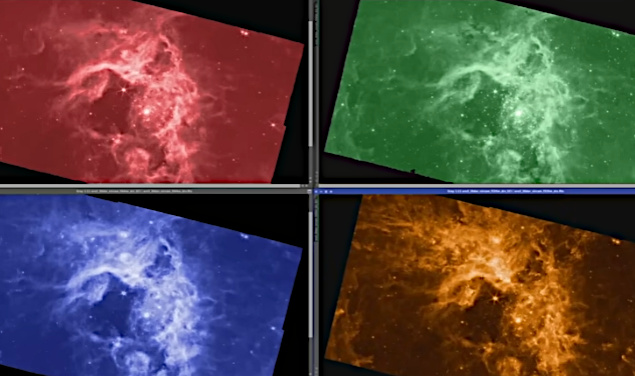 How to see infrared images from JWST?
How to see infrared images from JWST?
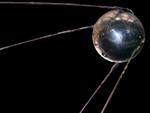 Sputnik, the Russian companion
Sputnik, the Russian companion
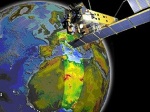 Envisat, the eye high-resolution of the Earth
Envisat, the eye high-resolution of the Earth
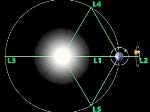 Lagrange points
Lagrange points
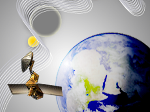 Mars Reconnaissance Orbiter
Mars Reconnaissance Orbiter
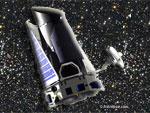 Kepler space telescope in search of life
Kepler space telescope in search of life
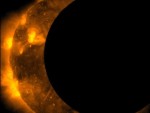 Our satellites also observe eclipses
Our satellites also observe eclipses
 Satellite laser ranging - LAGEOS-1
Satellite laser ranging - LAGEOS-1
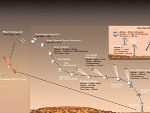 High-risk landing for Curiosity in 2012
High-risk landing for Curiosity in 2012
 Cheops, characteristics of exoplanets
Cheops, characteristics of exoplanets
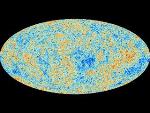 The world of Planck
The world of Planck
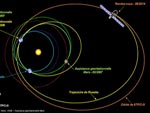 Rosetta or rendezvous with a comet
Rosetta or rendezvous with a comet
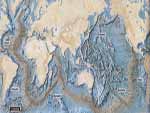 Satellites that measure underwater relief
Satellites that measure underwater relief
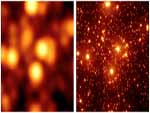 Adaptive optics and laser star
Adaptive optics and laser star
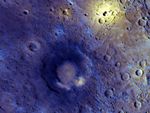 Flyover of Mercury by MESSENGER
Flyover of Mercury by MESSENGER
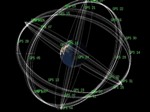 The orbital waltz of GPS satellites
The orbital waltz of GPS satellites
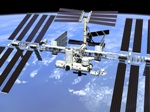 ISS in low Earth orbit at 415 km altitude
ISS in low Earth orbit at 415 km altitude
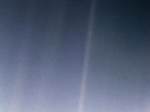 Voyager 1 leaves us without looking back
Voyager 1 leaves us without looking back
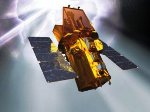 Space telescopes are the eyes of the Earth
Space telescopes are the eyes of the Earth
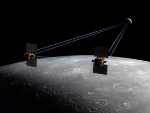 What is a space probe?
What is a space probe?
 JWST in the depths of space
JWST in the depths of space
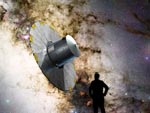 The GAIA satellite maps the Milky Way
The GAIA satellite maps the Milky Way
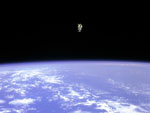 Free flight in space
Free flight in space
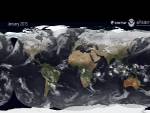 How to calculate the synchronous orbit?
How to calculate the synchronous orbit?
 Modern cathedrals
Modern cathedrals
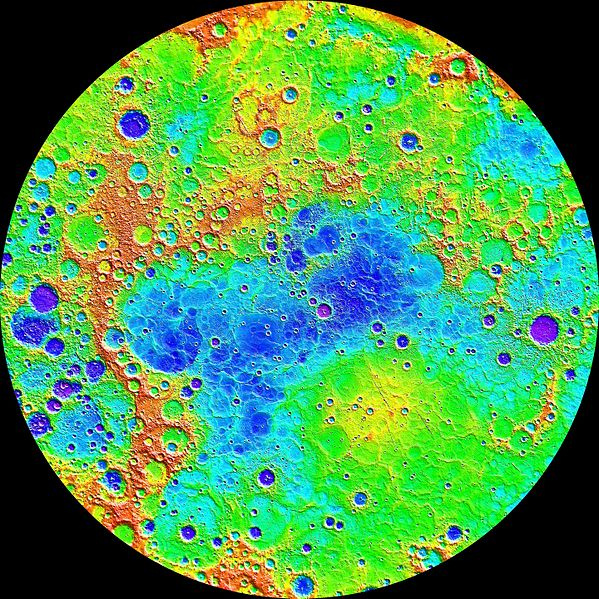 Mercury probes
Mercury probes
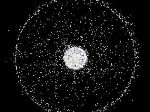 Space debris are increasing exponentially
Space debris are increasing exponentially
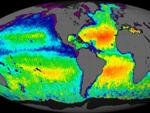 New image of ocean salinity
New image of ocean salinity
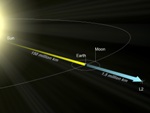 The End of the Dark Ages with JWST
The End of the Dark Ages with JWST
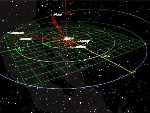 Orbits of celestial objects (Apsis)
Orbits of celestial objects (Apsis)
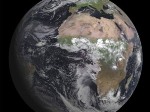 Even finer images for METEOSAT
Even finer images for METEOSAT
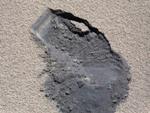 Curiosity, the first shovel, sample of Martian soil
Curiosity, the first shovel, sample of Martian soil
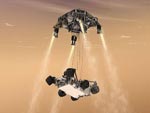 Probes of Mars
Probes of Mars
 Living on the planet Mars
Living on the planet Mars
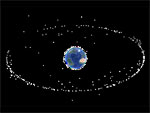 Where is the geostationary orbit?
Where is the geostationary orbit?
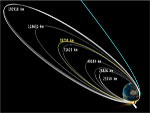 MOM, the technological demonstration
MOM, the technological demonstration
 Venus probes
Venus probes
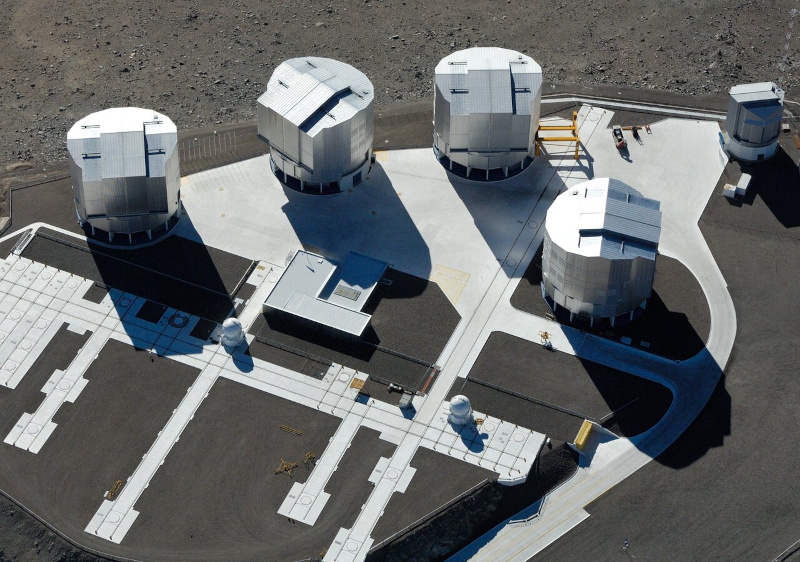 What is an interferometer?
What is an interferometer?